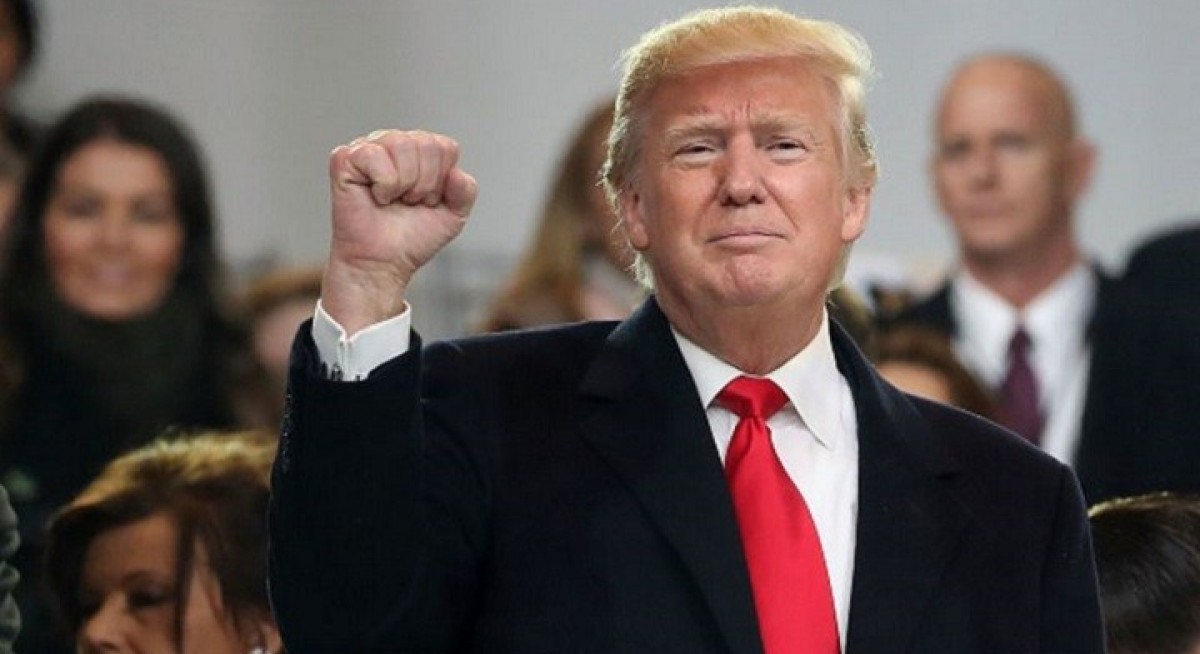Within equities, PineBridge has maintained an overweight stance on industrials. Kenneth Ruskin, director of research and head of sustainable investing, attributes this to longer-term drivers such as automation, nearshoring and the adoption of AI. “We think there’s a little bit of a coiled spring dynamic here. The destocking has ended, which is helping industrial production. Now we’re waiting for uncertainty to lift, which will help capex,” he says.
In contrast, healthcare remains under pressure. Ruskin notes that “there’s a concern that US pricing is going to have to follow in the footsteps of international pricing” due to most-favoured-nation pricing initiatives. He adds that valuation pressure from tariffs and drug pricing risks justifies a cautious stance, though PineBridge still finds selective opportunity in areas such as obesity treatments and immunology.
In the fixed income space, PineBridge is reducing its overweight to US credit, arguing that the traditional edge of US fundamentals is narrowing. “We favour reducing the substantial overweight of the US toward more neutral exposures,” says Steven Oh, global head of credit and fixed income. He highlights European leveraged loans and Asian US dollar (USD) credit as attractive alternatives amid tighter valuations and waning foreign demand for US bonds.
Asian credit markets, in particular, have held up better than expected. According to Omar Slim and Andy Suen, co-heads of Asia fixed income, the region’s credit issuers “have demonstrated continued resilience, supported by stable fundamentals and strong technicals.” Asia investment-grade credit posted a 3.79% return in the first half of the year, while high yield returned 4.05%, according to the JP Morgan Asia Credit Index.
See also: Beyond AI, formal retail, luxury and financial sectors are growth stories to watch next year: HSBC
Even amid trade headwinds, Asia’s low inflation allows room for rate cuts, further supporting credit markets. “Inflation has been subdued across the region,” Slim and Suen note, adding that ongoing deflationary pressures from China are likely to reduce prices region-wide.
PineBridge argues that Asia’s relative insulation from the US and investor reallocation away from US assets are helping drive demand. “Investors who used to allocate more tactically to Asia fixed income may now view the asset class as a strategic diversifier,” the co-heads add.
At the same time, emerging markets are gaining attention due to minimal direct exposure to the US trade and stable banking sectors. Oh adds that Asian USD credit “remains a defining feature — and one that is attracting more global investor interest.”
See also: Stay selective across Europe; diversify beyond AI: Ivy Ng, CIO for Apac at DWS
Pinebridge, relying on its bottom-up approach, has stayed with industrials despite all the uncertainties at the broader level. “If you had gone into the year saying that we’re going to have tremendous tariffs… You wouldn’t have wanted to be in industrials,” says Hinchliffe. “But we stayed with our overweight… and it’s paid off.”
Hinchliffe notes that in 1Q2025, “the market’s uncertainty with respect to how to think about the guidance that a lot of companies gave in the face of the tariff news” led to underperformance. But after speaking directly with companies and assessing their guidance, PineBridge was able to identify opportunities and add to positions.
Names like France’s Legrand and Compagnie de Saint-Gobain, Weir Group in the UK, led the performance in the first half, alongside Japan’s Chugai Pharmaceutical, which bucked the broader downtrend in healthcare. New positions included tech giant Broadcom, power management company Eaton Corp and US logistics operator CH Robinson Worldwide, with the latter seen as a key AI beneficiary in industrial logistics. “There’s a major share opportunity here for Robinson at the expense of the smaller players,” says Ruskin.
While PineBridge believes some of the tariff-related volatility has peaked, they remain cautious about the second half. “We think it’s a pretty good bet that we’re going to see further volatility spikes from surprisingly low levels,” says Ruskin.
As such, the firm is maintaining a balanced stance in leveraged finance and selectively trimming risk at the extremes. Oh expects “positive, carry-based total returns” in high yield bonds, though sees limited room for spread tightening. Collateralised loan obligation (CLO) debt and bank loans are seen as offering more attractive return potential, particularly amid floating-rate uncertainty.
For Pinebridge, with macro risks still unresolved, focus should shift to diversification, quality and bottom-up fundamentals. “We’re not seeing signs yet of the uncertainty lifting,” says Ruskin. “But eventually… it should clear and we will see a cyclical rebound on top of some trends that we believe are here to stay.”




